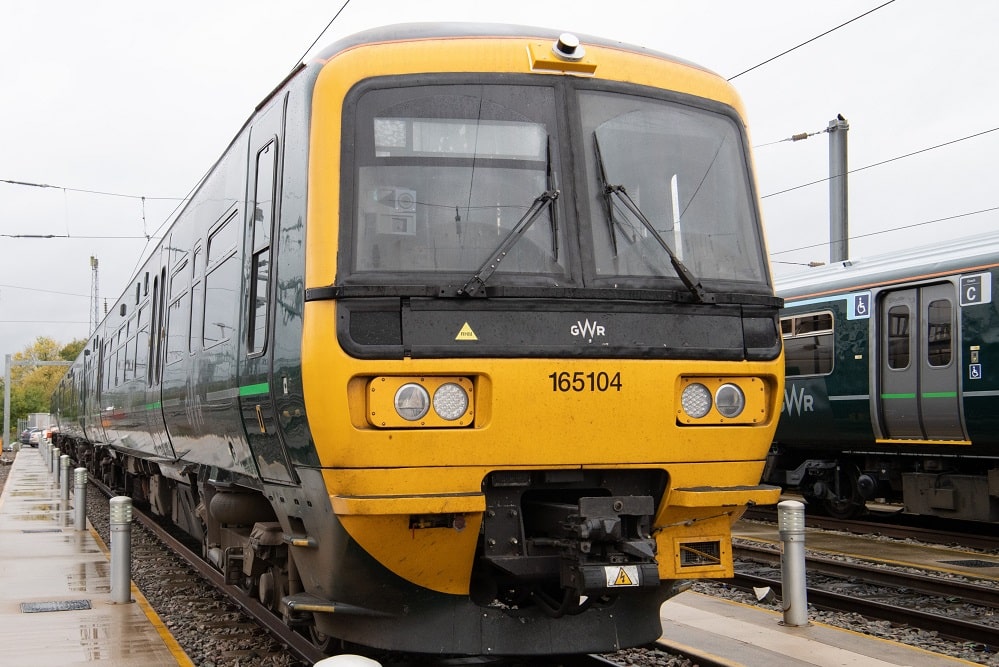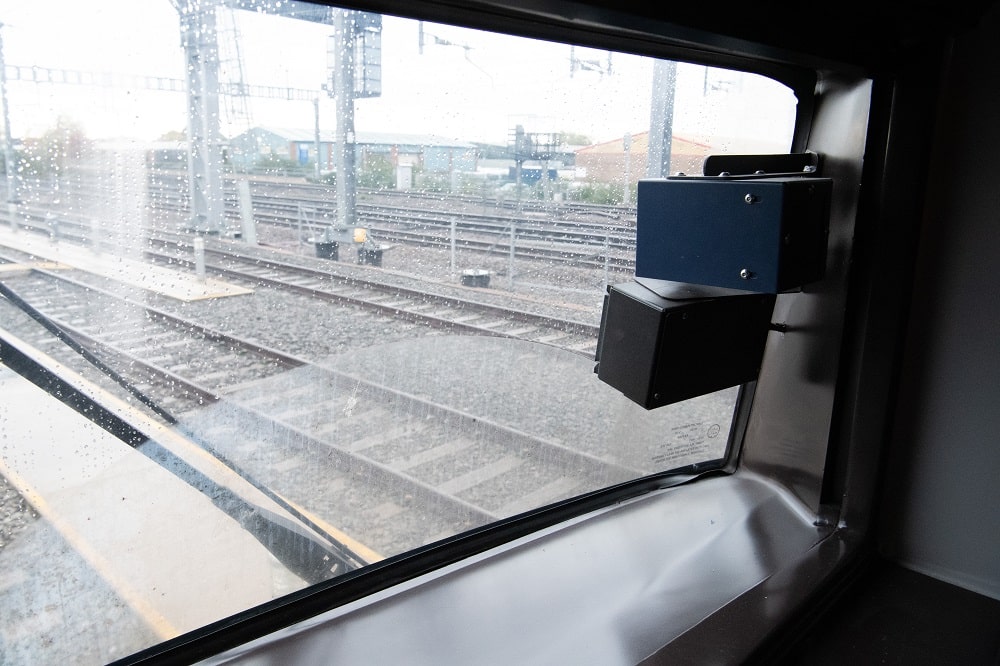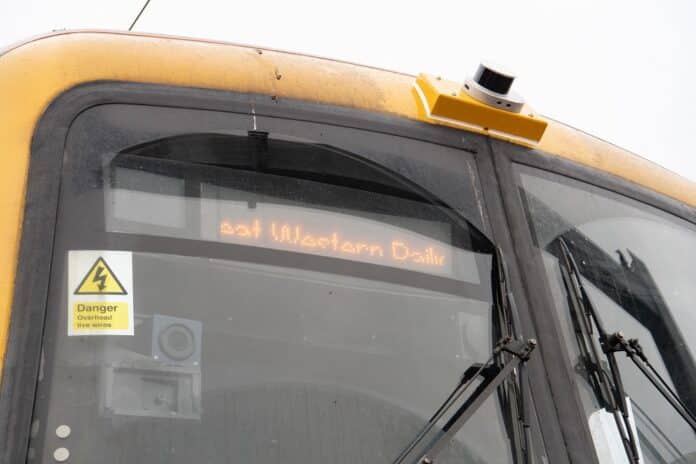With 20,000 miles of infrastructure to keep an eye on, Network Rail has a big job on their hands keeping track of it all. With this in mind, they have teamed up with AI-specialist Cordel to deploy high-tech monitoring technology onto passenger services, so the trains can offer a little helping hand.
The LiDAR and image capture technology was fitted onto one of Great Western Railway’s Class 165 fleet, leased by Angel Trains, which left Reading depot, on the Reading to Basingstoke Line at 05.28 on Friday, 28 October 2022. Now on the train, the tech will provide Network Rail with AI-powered inspection automation on a high-frequency basis, delivering a survey-grade digital twin with co-located high-resolution video, aligned to the network’s linear reference system.

John Murphy, GWR head of fleet production, said: “We’re pleased to be able to support the introduction of this new real-time track monitoring technology on board one of our Class 165 fleet.
“At GWR, we are committed to reviewing emerging technologies and we look forward to working with our partners to assist in the rollout of this software, which is designed to improve track maintenance and in turn help us to deliver an even more robust timetable for the benefit of our customers.”
What is LiDAR?
LiDAR stands for light detection and ranging. It uses light to measure distances and is also known as laser, or 3D scanning. It uses the pulse from a laser to create 3D models of objects, or environments. These are then known as ‘digital twins’, as they deliver a digital picture of the landscape exactly as it is.
If the train comes across a small landslip, for example, that is threatening to encroach on the track, the LiDAR technology will scan and build a picture of the exact size, shape and location of the issue. This is then sent digitally back to base, so maintenance teams have a full understanding of the issue before they arrive at the area.
How will it help with maintenance?
The data can be used to allow for real-time track monitoring and more efficient management of Britain’s mainline railways. As trains move along the track, they will view the track exactly as it is.
This will minimise, possibly eventually even negate, the need to run special measurement trains and mean frontline staff can be deployed directly to the area where an issue has been identified, without having to physically walk the track. From a financial, safety and time-saving point of view, this technology could be a game changer.

Martin Frobisher, Network Rail director of engineering and safety, said: “Running a safe and reliable railway at an affordable cost is at the core of what we do, and this exciting innovation will help do precisely that.”
Once the data is captured, Cordel will provide up-to-date analysis of track clearance (especially at bridges, tunnels and platforms), vegetation management, ballast profiling, overhead line equipment height & stagger assessments, and many more applications.
Nick Smith, CEO, Cordel, said: “This is a major initiative for Cordel, Angel Trains, and the UK rail network. By capturing data in real-time from in-service passenger trains, we can provide Network Rail with a far more detailed picture of the state of rail infrastructure, moving from time-based maintenance to condition-based maintenance. As well as being more efficient in terms of resources, we can help Network Rail provide a more resilient railway by focusing maintenance on key issues more promptly.”
Roll out
Initially, the Class 165 12-month pilot deployment is the first project under a Cordel-Angel Trains framework agreement and is supported by Network Rail as part of the Mobile Infrastructure Monitoring Strategy.
Cordel will deploy the latest generation of Cordel Wave sensors in permanent installations on passenger trains in what is believed to be the first installation of its kind in the UK.
Malcolm Brown, CEO of Angel Trains, said: “At Angel Trains, we invest in new technologies that will enhance the UK’s railway systems. We are excited to work with Cordel, alongside Network Rail and Great Western Railways, to enable more efficient management of our railways, and improve passenger experience across the country.”
By installing sensors on existing rolling stock paired with Cordel’s advanced AI-powered software, the pilot’s success will enable the future roll-out of the automated inspection of all Network Rail infrastructure.
In summer 2021, Cordel’s processing technology was approved by Network Rail for use in gauging clearance across the UK rail network; in Autumn 2021, Cordel was awarded a 6.5-year contract to redesign and deliver the UK’s National Gauging Database (creating the ‘Railway Gauging Data Solution’); and in spring 2022, Cordel’s contract with Network Rail High Speed (first awarded in August 2021) was extended in duration and scope.







































 0113 2082620
0113 2082620 info@railbusinessdaily.com
info@railbusinessdaily.com 15 Mariner Court, Wakefield WF4 3FL
15 Mariner Court, Wakefield WF4 3FL

